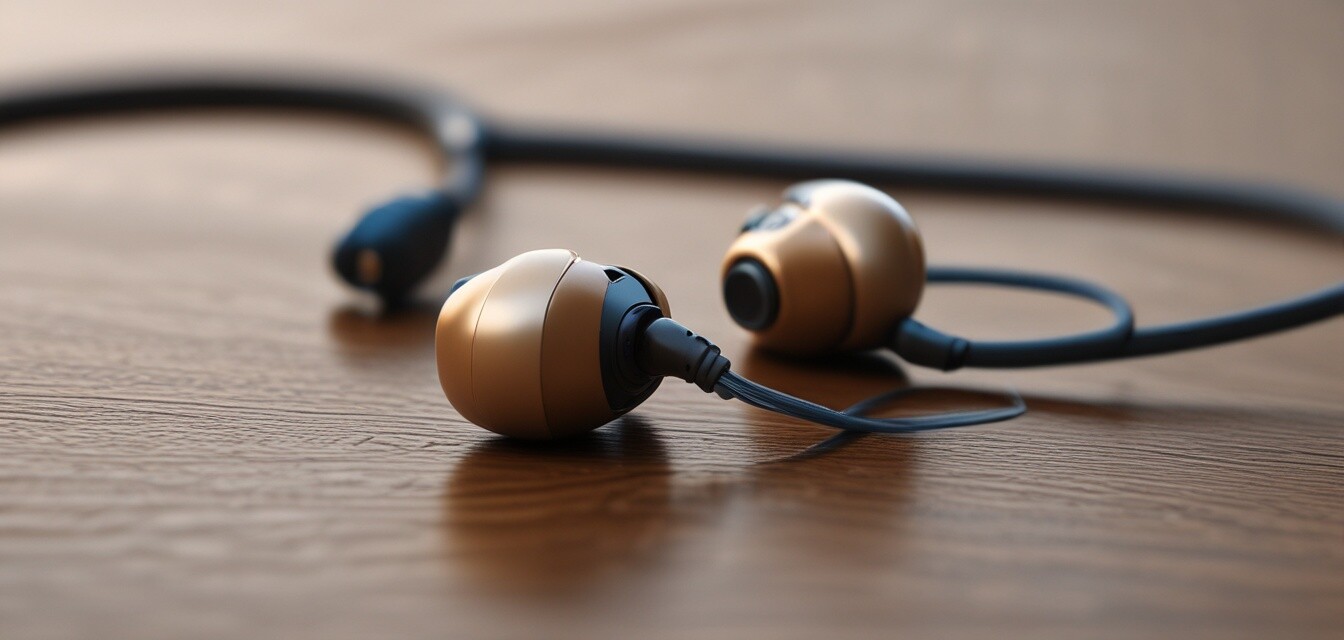
Understanding the Importance of Impedance in Earbuds
Key Takeaways
- Impedance affects how earbuds perform with different devices.
- Lower impedance suits portable devices, while higher impedance may require amplifiers.
- Understand the compatibility between your earbuds and audio devices for optimal performance.
When it comes to selecting the perfect earbuds, audiophiles and casual listeners often overlook impedance. Understanding the importance of impedance in earbuds is crucial for ensuring compatibility with various audio devices. This article will explore how impedance affects audio performance, and guide you through what you need to know to make the best choice for your listening experience.
What is impedance?
Impedance is the measure of resistance that an electrical component offers to the flow of current. In the context of earbuds, impedance is measured in ohms (Ω) and plays a significant role in determining how much power is needed to drive the earbuds effectively. Higher impedance means more resistance, while lower impedance means less.
How impedance impacts audio performance
The impedance of your earbuds can significantly affect their audio quality and compatibility. Let's break down how:
1. Power Requirements
Different audio devices output varying levels of power, influencing how well the earbuds will perform:
| Impedance (Ω) | Typical Use Case | Power Requirements |
|---|---|---|
| 16 - 32 | Portable Devices (phones, tablets) | Low power; drives easily |
| 33 - 80 | Devices with moderate output (laptops) | Moderate power; may need adjustments |
| 80+ | High-end audio equipment | Higher power; requires an amplifier |
2. Sound Quality
Impedance can also influence the sound quality of your earbuds:
- Lower impedance earbuds often have a more dynamic range, making them powerful on portable devices.
- Higher impedance earbuds usually provide better audio clarity and detail when used with appropriate equipment.
Choosing the right impedance for your needs
Understanding your listening habits and the devices you use will help you select the right impedance:
Consider your devices
If you primarily use your earbuds with your smartphone or tablet, look for earbuds with lower impedance (16-32Ω). If you often listen through high-end audio interfaces or dedicated headphone amplifiers, consider higher impedance options for optimal audio quality.
Testing and personal preference
Often, the best way to gauge what works for you is through testing. Try different earbuds with varying impedances. Pay attention to how they perform with your favorite devices and in different environments.
Tips for getting the best sound quality
- Pair your earbuds with a device that matches the impedance for optimized performance.
- Use a dedicated amplifier for higher impedance earbuds to achieve the best sound quality.
- Test your earbuds in different settings, such as at home versus on-the-go, to understand their versatility.
Conclusion
Impedance in earbuds plays a fundamental role in their performance, compatibility, and sound quality. By choosing the right impedance based on your listening habits and devices, you can ensure a satisfying auditory experience. For deeper insights on audio quality, explore our Audio Quality Insights and stay ahead in your quest for the perfect sound.
Pros
- Lower impedance earbuds are more versatile and compatible with a wider range of devices.
- Higher impedance earbuds typically have superior sound quality when used with the right equipment.
Cons
- Lower impedance earbuds may distort at higher volumes if used with high-power devices.
- Higher impedance earbuds often require additional equipment, adding to overall costs.